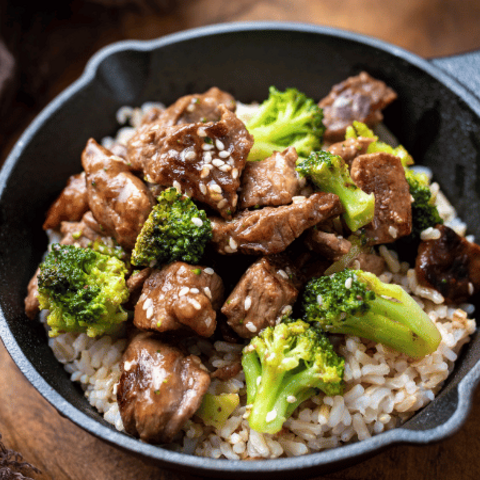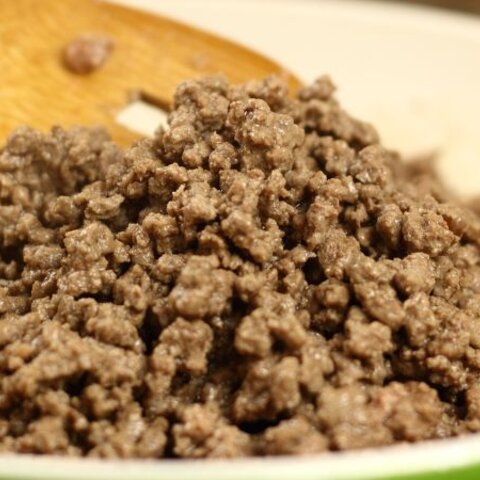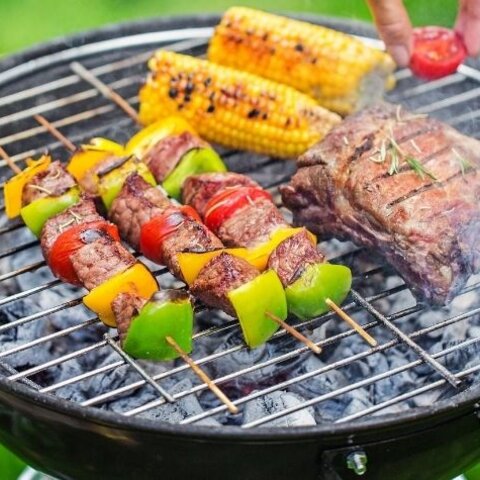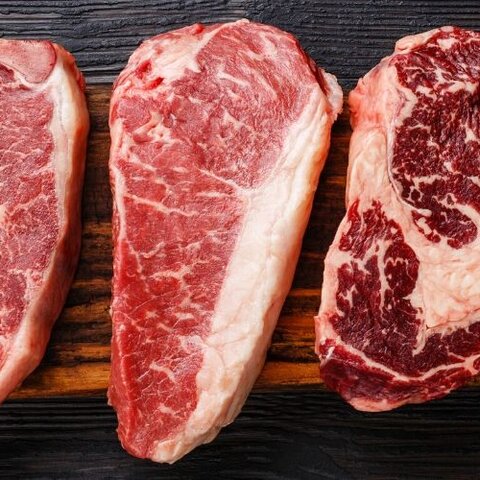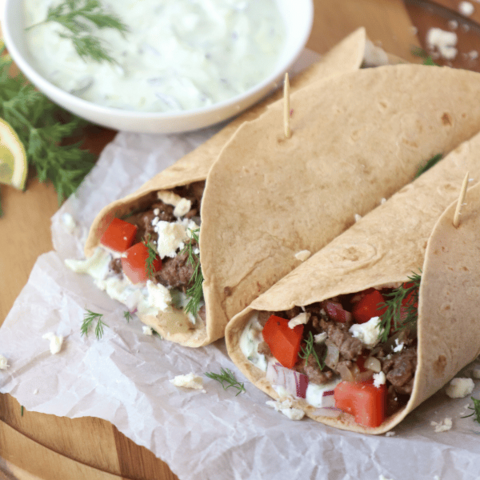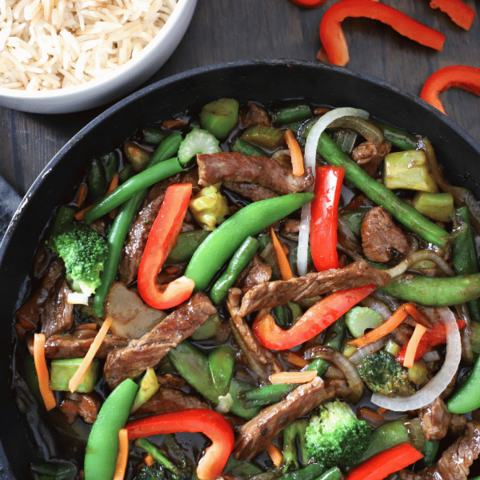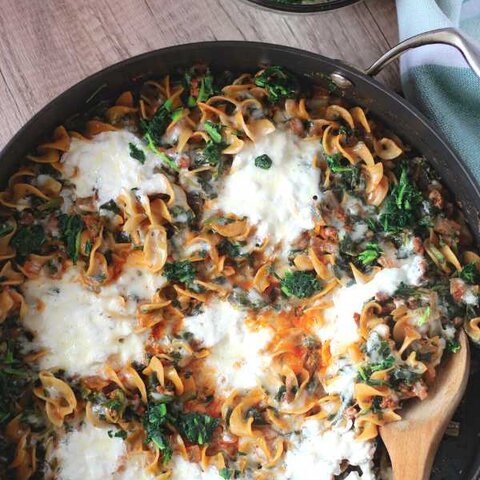
With thought and planning, beef can make meal times tasty and healthy. Lean beef is a naturally nutrient-rich source of several essential vitamins and minerals. A three-ounce cooked serving of lean beef provides 10 essential nutrients including protein, zinc, iron and B vitamins. Beef not only helps you meet nutrient needs, but also fuels Nebraska's economy. Agriculture is the #1 industry in Nebraska and cattle production represents the largest segment of the industry according to the Nebraska Beef Council. Check out the following tips and food safety recommendations for making beef a healthy part of your eating plan.
Tips for Making Beef a Healthy Part of Meals
- Lean beef. A cut of cooked fresh meat is considered "lean" if it has less than 10 grams total fat, 4.5 grams or less of saturated fat and less than 95 milligrams cholesterol per 100 grams (3.5-ounce). An easy way to choose lean beef cuts is to look for "round" or "loin" in the name. Examples include sirloin, tenderloin, top loin, eye round, top round, round tip, bottom round, and flank. These may be cut as roasts or steaks. For ground beef, choose 93-percent lean ground beef most often. After beef is cooked, trim away any visible fat before serving.
- Portion sizes. Choosing a lean cut and enjoying proper portions makes beef a great addition to a healthy eating plan. Start with a 3-ounce serving of lean beef (about the size of a deck of cards) and round it out with brightly colored vegetables, fruits and whole grains.
- Shopping for beef. It's important to remember food safety guidelines when shopping for beef. Remember to check the "sell by" date to make sure it hasn't expired before you buy. Also, pick up beef just before checking out. Use separate plastic bags for raw beef to avoid cross contaminating ready-to-eat foods if the juice from raw meat leaked. If it will take longer than 30 minutes to get your purchase home, keep beef in a cooler.
- Storing beef. After purchasing, refrigerate or freeze beef as soon as possible. A refrigerator set to 40°F or below will protect most foods, but not indefinitely. Cool temperatures slow down bacterial growth but don't stop it all together. It's important to use food in a timely manner to preserve quality and freshness. Store raw hamburger and other ground meats in the refrigerator for 1-2 days, raw roasts, steaks and chops for 3-5 days, and cooked meat for 3-4 days. Remember to place beef packages on the lowest shelf in the refrigerator on a plate or tray to catch any juices. Before putting beef in the freezer, label each package with the date, name of cut and weight or number of servings. This will help you follow the "first in, first out" rule. Freezer storage guidelines to maintain quality are: 3-4 months for raw hamburger and other ground meats, 4-12 months for raw steaks and roasts, and 2-3 months for cooked meat.
- Cooking beef. Use a food thermometer to ensure food is cooked to a safe minimal internal temperature to destroy harmful bacteria. Steaks and roasts should be cooked to 145°F with a 3-minute rest time. After you remove meat from a heat source, allow it to rest for the specified amount of time. During the rest time, its temperature remains constant or continues to rise, which destroys harmful germs. Hamburgers made of ground beef should reach 160°F and don't require a rest time. Refrigerate leftovers within 2 hours after cooking.
Sources:
Nebraska: The Beef State, Nebraska Beef Council
Lean Beef, Cattleman's Beef Board and National Cattleman's Beef Association
Understanding Beef Safety, Cattleman's Beef Board and National Cattleman's Beef Association
Cold Food Storage Chart, United States Department of Agriculture
Understanding Beef Safety, Cattleman's Beef Board and National Cattleman's Beef Association
Safe Cooking Temperatures, Nebraska Extension
Tags:
